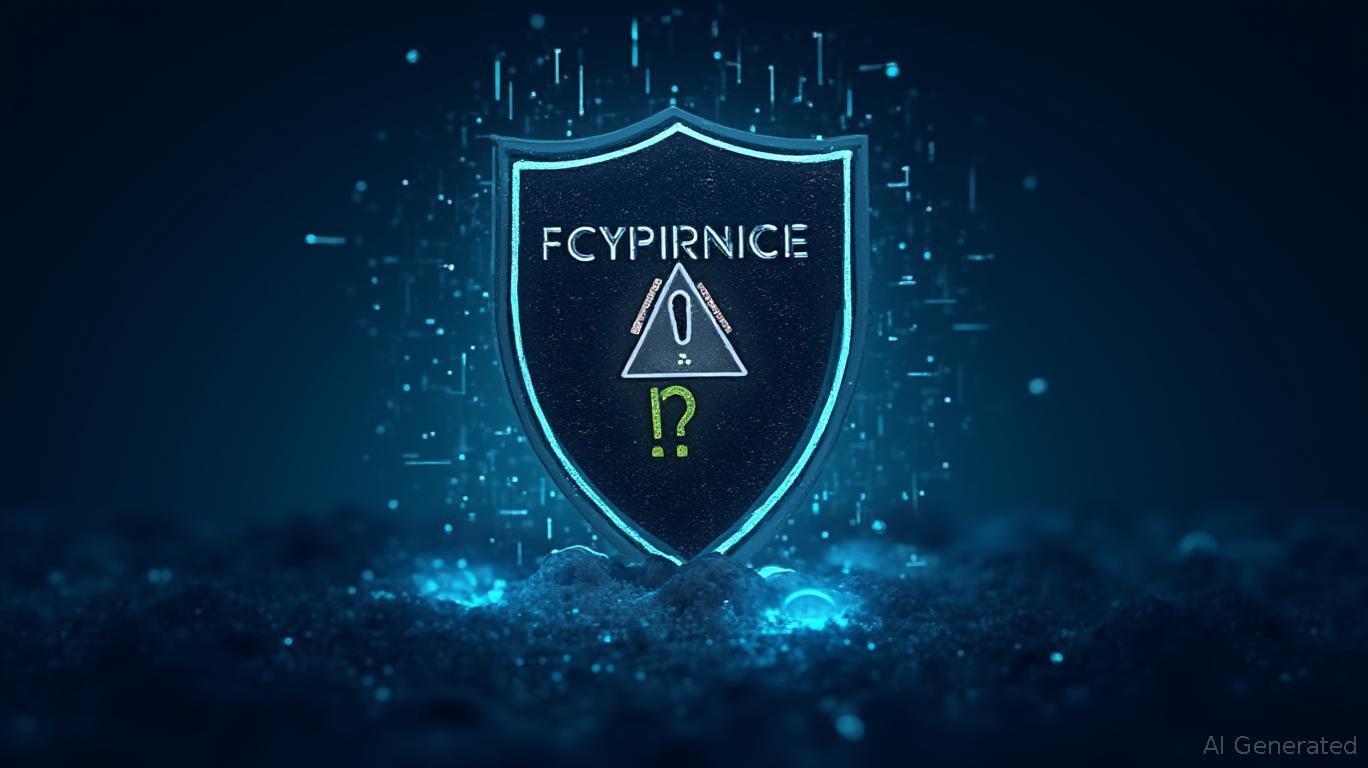The Cybersecurity Wake-Up Call: Why EMEA's Breach Surge Signals Investment Opportunities
The Verizon 2025 Data Breach Investigations Report (DBIR) has delivered a stark warning: cyber threats in the EMEA region are escalating at an alarming rate. System intrusion breaches—attacks involving unauthorized access, privilege misuse, and vulnerability exploitation—now account for 53% of all EMEA breaches, nearly double the 27% reported in 2024. This surge underscores a critical shift in the cybersecurity landscape, with profound implications for investors.

The System Intrusion Surge: A Catalyst for Cybersecurity Demand
The rise of system intrusions is not merely a statistical blip but a reflection of evolving attack strategies. Verizon’s analysis of 12,195 confirmed breaches reveals that external actors are increasingly targeting vulnerabilities in systems, with exploitation rising by 34% globally. For investors, this signals a clear opportunity in companies offering intrusion detection, vulnerability management, and zero-trust architecture solutions.
Firms like Palo Alto Networks (PANW), a leader in network security and threat detection, could benefit as organizations prioritize perimeter defenses. Similarly, CrowdStrike (CRWD), which specializes in endpoint detection and response (EDR), stands to gain from the demand for real-time intrusion prevention.
Internal Threats Decline, But Human Error Persists
While internal breaches in EMEA fell to 29% of total breaches (a 41% drop from 2024), the region still lags globally in curbing insider risks. 19% of internal breaches stem from unintentional errors, such as misconfigured cloud storage or accidental data exposure. This highlights the need for security awareness training and access control systems, creating opportunities for companies like CyberVX (focused on behavioral analytics) or Varonis, which monitors user activity to prevent insider threats.
Third-Party Risks: The Weakest Link in the Supply Chain
Third-party involvement in breaches has doubled globally, with EMEA’s reliance on interconnected ecosystems amplifying this vulnerability. Manufacturing, in particular, faces a sixfold rise in espionage-driven breaches, now accounting for 20% of sector-specific incidents. Investors should watch companies like Okta (OKTA) or Proofpoint (PFPT), which specialize in identity management and supply chain risk mitigation, as enterprises seek to secure their partner networks.
Ransomware and the SMB Crisis: A Call for Targeted Solutions
The report also reveals a 37% global rise in ransomware, now present in 44% of breaches. Smaller businesses (SMBs) are disproportionately affected, with ransomware involved in 88% of their breaches. Despite a positive trend—64% of victims now refuse to pay ransoms (up from 50% in two years)—the SMB sector remains underserved. Investors might consider managed security service providers (MSSPs) like Nord Security or Carbon Black (now part of VMware), which offer affordable, scalable solutions for smaller enterprises.
Regulatory and Market Dynamics: A Tailwind for Cybersecurity
EMEA’s regulatory environment, including the EU’s NIS2 Directive, is pushing organizations to adopt robust cybersecurity frameworks. Meanwhile, the zero-trust model—where no user or device is trusted by default—is gaining traction, creating demand for solutions from Microsoft (MSFT)’s Azure Security Center or Cisco (CSCO)’s identity services.
The data is unequivocal: cybersecurity spending in EMEA is poised for sustained growth. Gartner estimates global cybersecurity spending will hit $323 billion by 2026, with EMEA’s share rising as organizations respond to the DBIR’s findings.
Conclusion: A Cybersecurity Investment Blueprint
The Verizon 2025 DBIR paints a clear picture: EMEA’s businesses face an urgent need to modernize their defenses against system intrusions, third-party risks, and evolving attack vectors. Investors should prioritize companies in three key areas:
1. Intrusion Prevention & Detection: PANW, CRWD, and Check Point (CHKP) for perimeter and endpoint security.
2. Third-Party Risk Mitigation: OKTA, PFPT, and Barracuda Networks (CUDA) for supply chain and identity management.
3. SMB-Specific Solutions: Nord Security, Carbon Black, and Malwarebytes (MBY) for affordable, scalable tools.
With 53% of EMEA breaches now tied to system intrusions and ransomware dominating the threat landscape, cybersecurity is no longer optional—it’s a strategic imperative. Investors who act now to capitalize on these trends could reap significant rewards as organizations scramble to fortify their digital defenses.
Data sources: Verizon 2025 DBIR, Gartner, company reports.


_442a2dcc1749832873286.jpeg)
_e68fac6d1749831664430.jpeg)






